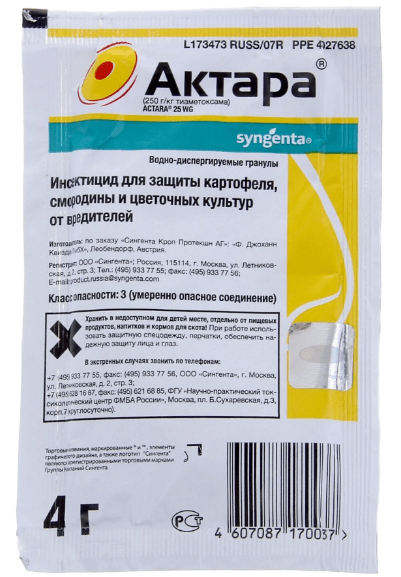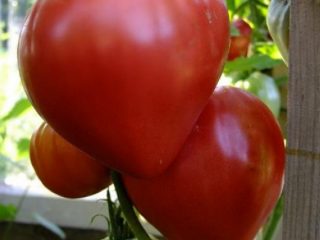Content
The Lel tomato is grown in almost every garden, regardless of the region, as it has good characteristics. Tomatoes are indispensable in cooking. They can be canned and frozen and eaten fresh.

The fruits of the Lel variety tolerate transportation well and are resistant to diseases characteristic of nightshades.
Who developed the variety and when?
The Lel tomato variety is a domestic selection. Its authors are employees of the Aelita agricultural company:
- Kachainik V. G.;
- Nikulaesh M. D.;
- Guseva L. I.
Tests on the Lel variety were carried out on the basis of the Pridnestrovian Research Institute of Agriculture. In 2000, it was included in the State Register of the Russian Federation approved for use. The tomato is resistant to unfavorable conditions, so it quickly won the respect of gardeners.

The Lel variety is intended for cultivation in open ground
Description of the tomato variety Lel
Tomato Lel characteristics and description:
- Bush with a spreading crown, low growing (determinant type). The height of the Lel tomato bush is 50 cm.
- The central stem is straight, powerful and strong, but requires garter, as it can become deformed during the fruiting period.
- The leaves are medium-sized, light green in color with slightly curled edges.
- Flower brushes have a simple structure. Each of them produces 5-9 fruits. The first inflorescence appears above the seventh leaf.
Characteristics of tomato Lel
Lel tomatoes are small in size, weighing 60-75 g. Their shape is oblong, plum-shaped. The skin is deep red, dense and thick. It protects the fruits from cracking.
The pulp is light red, juicy and fleshy in texture. The taste is excellent, balanced in sugar and acid. There are practically no seeds.
Maturation period
The Lel tomato variety is characterized by medium ripening periods. The period from the beginning of the first signs of vegetation to harvest lasts 120-122 days. The tomato is dependent on weather conditions, so in the southern regions the process of fruit ripening occurs somewhat faster.

Tomato Lel is distinguished by its friendly yield
Productivity of tomato Lel
In comfortable growing conditions, including regular fertilizing and watering, loosening, as well as protection from pests and diseases, the tomato will certainly bring a bountiful harvest. From one sq. meters, gardeners harvest up to 2 kg of marketable fruit. The harvest can be stored in the cellar for 30 days.
Resistance to adverse factors
The Lel tomato variety is resistant to adverse environmental factors. Tolerant to aphids and whiteflies.It is immune to verticillium wilt, as well as tobacco mosaic virus and fungal diseases.

Tomato is not afraid of unexpected temperature changes
In what regions is it grown?
Lel tomatoes are suitable for growing in greenhouses and open ground. In any region, tomatoes bear fruit well, even in the cool middle zone. Residents of Siberia and the Urals will also be able to reap a rich harvest.
Methods of application
Lel tomatoes are universally used: they are well suited for freezing, canning, and preparing summer and winter salads. The vegetable can be stored for a long time without losing its commercial and taste properties.
Advantages and disadvantages
Lel tomatoes have many positive qualities, the main ones being good transportability and high shelf life. This allows you to cultivate the variety not only for personal purposes, but also for sale.

Lel variety tomatoes are distinguished by high commercial qualities and excellent taste.
Pros:
- can be grown in any region of Russia;
- full germination of seeds;
- simple agricultural technology;
- bushes do not need shaping;
- friendly fruiting;
- resistance to temperature fluctuations;
- immunity to common diseases.
Minuses:
- at the top the fruits grow smaller than at the bottom;
- It is impossible to grow a tomato from your own harvested seeds.
When and how to plant
Tomato seedlings are transplanted to a permanent location in early spring. About two weeks before the planned planting, young tomatoes begin to harden. They are taken out into the open air at +10-12 °C and left for an hour.

Gradually, the time spent by tomato seedlings outside is increased.
Before planting tomatoes in open beds, the area is cleared of weeds and large stones.The soil is dug up to a depth of 20 cm. Rotted manure, superphosphate, and wood ash are added to the digging.
Low-growing tomatoes are planted according to the scheme (40×50). Many people place bushes in a checkerboard pattern to save space.
Lel tomato seedlings are buried in the ground up to the lower leaves. After planting, the plants are not watered for a week. During this time, they get used to new environmental conditions and begin to actively grow their root system and green mass.
Care instructions
Tomatoes love loose soil to provide them with favorable germination conditions; the beds are loosened once every two weeks. To do this, take small rakes and immerse them in the soil to a depth of 8-10 cm. The procedure is carried out immediately after watering.
Tomatoes are watered at the root, trying not to affect the crown. The beds are moistened rarely, but abundantly, since excessive watering is contraindicated for tomatoes. The soil is moistened in the morning or evening, when the sun is not active.
Feeding is applied no more than four times throughout the entire season. The bushes are fed for the first time 10 days after planting in the ground. An infusion of bird droppings with the addition of wood ash is considered a good fertilizer for young plants. At the budding stage, fertilizers are also applied to increase the number of fruit ovaries.
During the period when the tomatoes begin to fill with juice, 0.5 liters of infusion are added to each bush. After about 14 days, apply Agricola-3 fertilizer with the addition of superphosphate.

For every sq. meter of land is added up to 4 liters of nutrient solution
Pruning is usually required for greenhouse tomatoes. As the bushes grow, all excess side shoots are cut off. Otherwise, too many fruit clusters will form, which will not have time to ripen by the end of the season.This weakens the bushes, since they spend a lot of nutrients on the formation of brushes.
Pest and disease control
To harvest a healthy and tasty tomato crop, you need to regularly inspect the bushes for signs of diseases and pests. At the first symptoms, control measures must be taken immediately.
Fungicides, for example, Maxim, Quadris, Fundazol, and Bordeaux mixture, effectively help in treating damaged plants.

Aktara insecticide is used for mass destruction of pests
Many gardeners use folk remedies for prevention. And this is completely acceptable. An attitude based on garlic, onion peel or tobacco helps to repel malicious insects, and potassium permanganate, iodine, copper sulfate, and laundry soap help prevent the appearance of fungus.
Conclusion
Tomato Lel has excellent consumer qualities. The variety is productive and unpretentious in care. Tomatoes can be grown in different ways: in a greenhouse and open ground. Small tomatoes are ideal for whole-fruit canning.
Reviews from gardeners about Lel tomatoes








